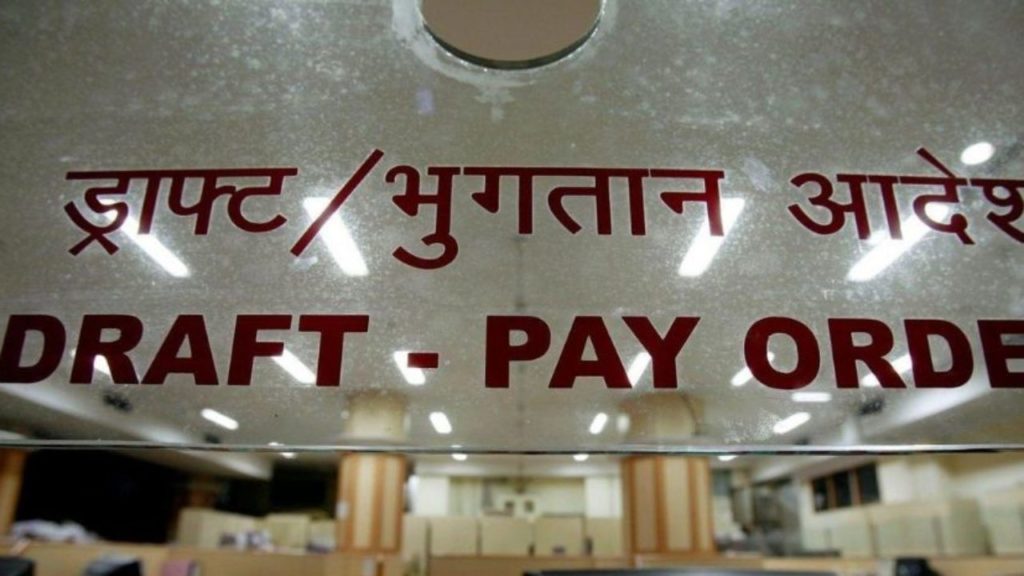SBI, ICICI, PNB & 8 Banks Will Pool Rs 7000 Crore Into ‘Bad Bank’: What’s The Purpose?

With minimal economic activities during the pandemic, several economists and agencies have projected a recession in the Indian Economy this year.
There is an evident slump in the earnings of companies as well as individuals which could lead to a jump in Non Performing assets, which will eventually affect the banking and financial sector in particular.
Various analysts speculated that the proportion of stressed assets in the banking system could jump to 18% from around 11% at present, in the coming few years. To tackle this challenge, the banking industry proposed the setting up of a government-backed bad bank and eventually during the Union Budget for FY22, Finance Minister Nirmala Sitharaman proposed a Bad Bank to reduce NPAs in the system.
Firstly, it is necessary to understand what Bad Bank is and how it will help in reducing NPAs in the system:
In simple terms Bad Banks are the corporate structures set up to buy the bad loans and other illiquid holdings of other financial institutions. Illiquid holdings are assets that are difficult to sell because of its expense, lack of interested buyers or some other reasons.
Setting up a Bad Bank reduces the burden on the bank by taking bad loans off their balance sheets and getting them to lend again to the customers without constraints.
In the proposed Bad Bank; Public sector banks, Private banks and Non banking stakeholders comprising 11 banks will infuse an amount of Rs 7000 crores in its formation.
PSBs:
? SBI
? Bank of Baroda
? PNB
? Canara Bank
? Union Bank of India
? Bank of India
Private Banks:
? Axis bank
? ICICI
? IDBI
Non-Banking stakeholders:
? Power Finance Corporation
? Rural Electrification Corporation?
All the 11 shareholders will hold 9 % share with no one holding more than 10 % share, with a provision of having more shareholders to join later.
This is a dichotomous issue and people are sharing their views on Bad Banks on social media too.
Is a Bad Bank a Good Idea?
Setting up of a Bad Bank comes with its own set of pros and cons.
Where it can help consolidate all bad loans of a bank under a single exclusive entity, it also brings up a huge risk of moral hazard.
It is a good news for Public Sector Banks but very bad news for taxpayers who will once again have to foot the bill for bailing out troubled banks.
Setting up of a Bad Bank will definitely improve banks’ capital buffers by freeing up capital and will help banks feel more confident to start lending again.
There are alternatives to Bad Banks which are being proposed and finding the best option to move ahead will be the viable option.
Let’s see how things roll in the coming times…

Comments are closed, but trackbacks and pingbacks are open.